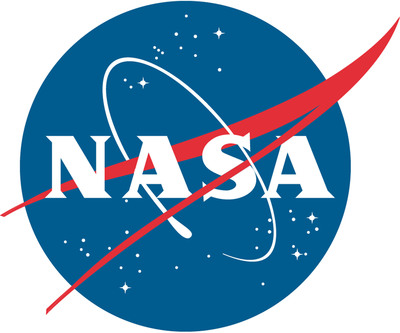WASHINGTON, May 29, 2014 /PRNewswire-USNewswire/ -- NASA's Low-Density Supersonic Decelerator (LDSD) project will fly a rocket-powered, saucer-shaped test vehicle into near-space next week from the U.S. Navy's Pacific Missile Range Facility in Kauai, Hawaii. Several events are planned for reporters who would like to cover this unique space technology engineering test flight.

On Monday, June 2, reporters who have previously received access clearance from the U.S. Navy are invited to the Pacific Missile Range Facility (PMRF) in Kauai to attend a news conference about the test. After the televised briefing at 8 a.m. HST, reporters in attendance will be offered a behind-the-scenes tour of the facility and LDSD operations. Reporters planning to attend the Monday briefing must arrive at PMRF no later than 7 a.m. for escort onto the facility.
Journalists unable to attend can participate in the briefing via teleconference and should contact David Steitz at david.steitz@nasa.gov or 202-236-5829 for dial-in information.
Briefing panelists include:
-- U.S. Navy Capt. Bruce Hay, PMRF Commanding Officer
-- Mike Gazarik, Associate Administrator of the Space Technology Mission Directorate at NASA Headquarters, Washington
--Mark Adler, LDSD Project Manager at NASA's Jet Propulsion Laboratory (JPL) in Pasadena, California
--Ian Clark, LDSD principal investigator at JPL
Gazarik will be available for live television interviews from midnight - 6 a.m. (6 a.m. - noon EDT) Monday. To reserve an interview time and get satellite coordinates, media should contact David Steitz.
NASA has identified six potential dates for launch of the high-altitude balloon carrying the LDSD experiment: June 3, 5, 7, 9, 11 and 13. Decisions to attempt launch of the LDSD test will be made the day before each launch opportunity date. NASA will issue launch advisories via the mission website, media advisories and on Twitter at:
https://twitter.com/NASA_Technology
and
https://twitter.com/NASA
On launch attempt days, journalists are invited to PMRF to watch the liftoff and flight of the balloon carrying the LDSD. The June 3 launch window extends from 8 a.m. to 9:30 a.m. HST.
After the balloon launch, reporters will be able to watch flight events as they unfold on monitors at the LDSD media center located in the PMRF hanger. Reporters must arrive each balloon launch attempt day no later than 7 a.m. for escort onto the base. Journalists should follow the LDSD mission website for daily launch window dates and times.
NASA's LDSD carries several onboard cameras. It is expected that video of selected portions of the test, including the rocket-powered ascent, will be downlinked and streamed live to several NASA websites. Reporters not attending can watch the balloon launch and subsequent test on NASA TV, or on the web at:
http://www.nasa.gov/nasatv
and
http://www.ustream.tv/nasajpl2
Live commentary is expected to begin at 7:45 a.m. HST (1:45 p.m. EDT). For NASA TV streaming video, downlink and updated scheduling information, visit:
http://www.nasa.gov/nasatv
After the balloon reaches an altitude of 120,000 feet, the rocket-powered test vehicle will be dropped. Seconds later, its motor will fire, carrying it to 180,000 feet and as fast as Mach 4. LDSD carries several onboard cameras. It is expected that video of selected portions, including the rocket-powered ascent, will be downlinked live and streamed live to NASA TV and online.
More information about the LDSD space technology demonstration mission is online at:
http://go.usa.gov/kzZQ
NASA's Space Technology Mission Directorate funds the LDSD mission, a cooperative effort led by JPL. NASA's Marshall Space Flight Center in Huntsville, Alabama, manages LDSD within the Technology Demonstration Mission Program Office. NASA's Wallops Flight Facility in Wallops Island, Virginia, is coordinating support with the Pacific Missile Range Facility and providing the balloon systems for the LDSD test.
For more information about the Space Technology Mission Directorate, visit:
http://www.nasa.gov/spacetech
Logo - http://photos.prnewswire.com/prnh/20081007/38461LOGO
SOURCE NASA

